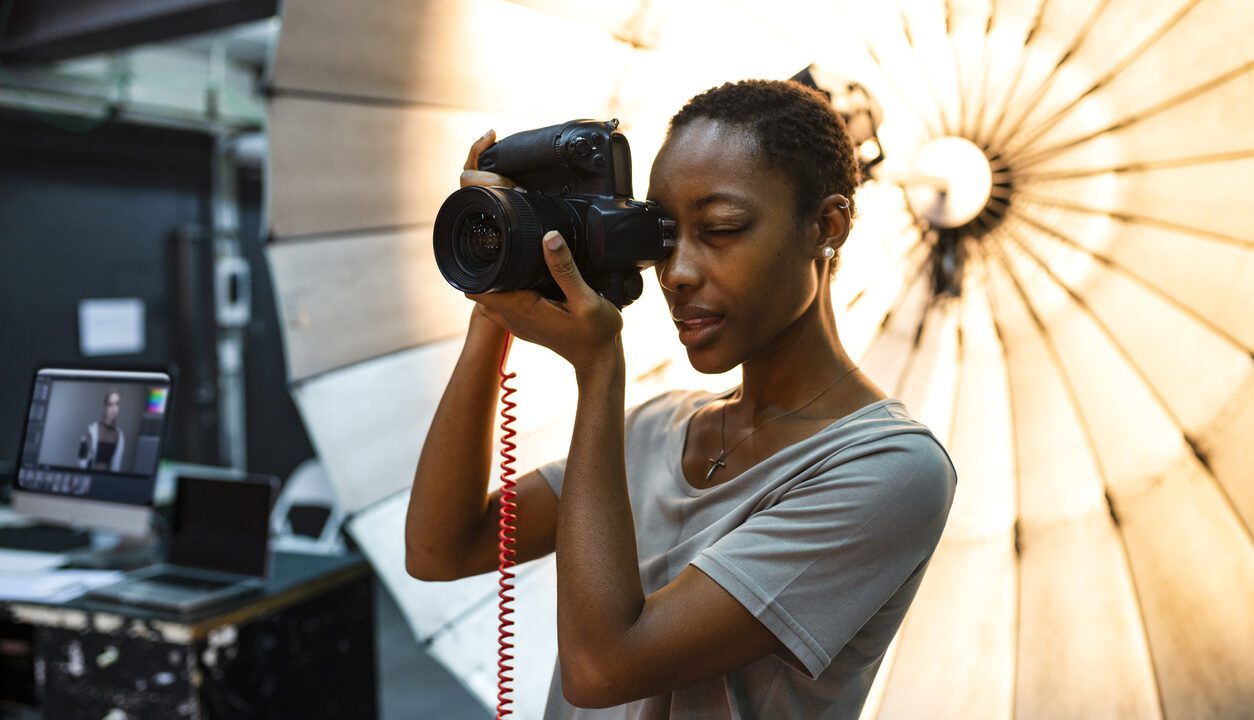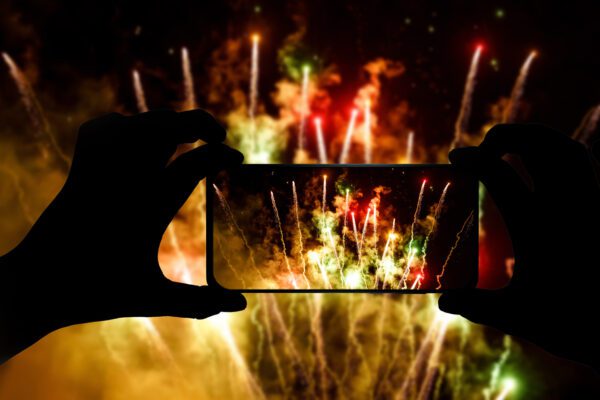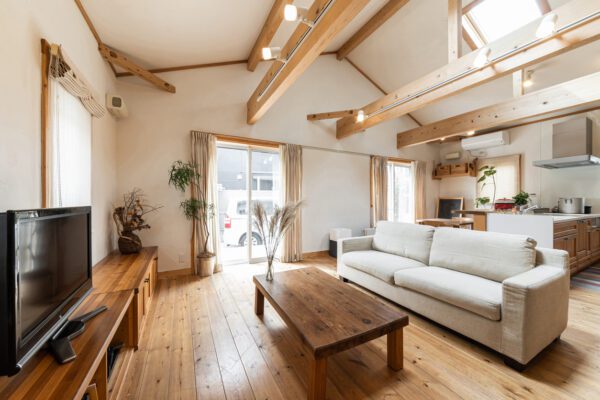When people get into photography, they often aren’t sure on how much to charge for their services. They may not know the average rate someone might be willing to pay and can find themselves in a difficult position when setting prices.
This article will provide some general guidelines that a person might use under different circumstances. You will also have answers to questions like:
- What you need to know about charging for photography
- Supplies you’ll need for charging for photography
Let’s take a look at what you need to know about the cost of photography and how much you should charge for your services.
What You Need To Know About Charging for Photography
There are a few things you should know about charging for your photography services.
Firstly, the general rate for photography services in the U.S. is $50-$150 per hour or $25-$125 per image, although businesses are increasingly pricing themselves at a rate of $250 an hour.
Second, the quality of your work is directly related to the quality of your photographs. If you charge a higher amount for your photography services, you need to provide good-quality images so people can use them well.
Thirdly, most photographers tend to charge more for their services in the city than they do in rural areas, simply because of photography’s supply and demand economics.
However, one of the reasons that photography rates can be so different is due to the quality of digital technology. For a long time, digital photography has been on a technological curve that has upgraded digital photography products faster than ever before. Consequently, you will find that each generation of camera equipment and software is better than the last.
There is also the issue of trends. Some people try to connect the speed of technological change with the pricing rate.
In the past, your camera collection could have given you a competitive advantage, resulting in higher rates. However, with digital cameras and technology rapidly changing, it may be more difficult to charge over people who don’t specialize as photographers.
Supplies You’ll Need For Charging for Photography
You’ll need these supplies to charge for photography:
A Price List
You can charge for photography by creating a price list and adding it to your website. This price list will help you decide the price for each photograph and give you a general idea of what people in your area are paying for their photography services.
A Product Catalog
Another supply you can use for charging for photography is a product catalog. The product catalog you create will help you determine the quality of photographs and how long people should expect to wait for their photographs to be finished.
You can also include some basic information about your photography business in your product catalog, such as what type of photography you specialize in (i.e., commercial, portrait, etc.)
A Photography Business Card
Thirdly, you can use a photography business card to help customers remember your name and contact details.
Since they already know that you are a photographer, you can include them in your pricing structure with a discount. If you are unsure whether to use a photography business card, it is a good idea to use one.
A Contract
To protect both you and the customer, you should use a photography contract to help set the prices for your services.
The contract should stipulate how long it will take to photograph an event and describe the quality of your photography.
You should also include a contact form on the contract, so anyone who wants to hire your services can contact you directly.
A Good Customer Service Policy
Make sure that your customer service policy protects your business and is fair to customers. You should avoid printing all of your terms on your website so that people are not scared away by how much they might have to pay for their photography services.
Instead, placing your photography business’s contact details and terms on a separate website is better.
Regular Updates Regarding Pricing (and the Quality of Your Photography Work)
Regularly update your website with information about how much you charge for photography as well as the quality of your photographs.
This way, potential clients will be aware of the rates they should expect to pay for their photography services.
A Website
To help customers easily contact you, you should also include your contact details on your website.
Since most people do not look up your photography business online, it is essential to include a phone number and email address at the bottom of your website.
The link to your website can be a call-to-action (CTA) button that redirects people to a contactCTA page on your photography business site.
A Photography Portfolio
You should also include a photography portfolio on your website so that potential clients can get an idea of the quality of your work. You can either use Flash galleries or HTML galleries to display your photographs.
It would be best if you also displayed average examples of your work so that it is clear to potential clients how you work and the quality level they should expect to achieve.
You need to understand that marketing your photography business is vital to your company’s success. You must make sure that you market yourself as a professional photographer and place yourself in the category of someone who helps people remember their special occasions and events with photographs.
To market yourself properly, it is essential to remember that marketing directly relates to your photography work and its quality. Allowing for time for your clients to have high-quality images means, you’re ensuring that you have enough time to complete the images for them properly beforehand.

How To Charge for Your Photography (5 Steps)
Charging for photography is not as simple as telling customers how much you charge per hour or per image. Charging for your photography services takes some finesse and skill.
Here are five steps to charging for your photography services:
Step 1: Estimate How Many Shoots You’ll Complete Each Year
To have a reasonable idea of how much you can charge for your photography services, you can estimate how many shoots you’ll complete each year.
To do this, you need to know:
- How many shoots per day you can complete
- How many days per month you can work
- The number of sessions each month you can complete
- How much money you need to bring in each month
This will give you a reasonable estimate of your income, which will help you determine how much to charge for your photography services.
A large part of your income and success in business will have a lot to do with the number of projects you can complete each year. You can charge more if you have more income or invest time in additional training and experience.
Step 2: Calculate the Cost of Your Photography-Related Expenses Per Shoot
Next, you’ll need to calculate the cost of all your photography-related expenses per shoot. Be sure to include all costs in this step. DetermineTake the cost of your photography supplies and add up all of your required photography-related expenses.
Example: If you charge your clients $75 per hour for your photography services, you will need to use a light stand, tripod, camera bag, and lens cleaning supplies in addition to the time you will spend shooting.
On average, it takes 20-30 minutes to set up a shoot, and all of these items take up valuable time. You will need to tally up the costs of each of these items and then multiply them by the number of hours you have been charging for your photography services.
Here are the categories you’ll need to include:
Wages/Salary
Include your hourly wage as well as your business overhead costs. Some businesses include the cost of their office space, payroll taxes, benefits, equipment costs, and anything else related to paying for an employee.
Studio Space
Rent, utilities, and maintenance on your studio space. You don’t need to worry about any of these costs if you’re shooting out of your home.
Camera Equipment
Equipment used to take the photographs (camera body, lenses, flash units, etc.). This includes the costs of buying, renting, and maintaining the equipment. If you’re just starting out, you can probably skip this category.
Support Equipment
This includes lighting, tripods, computers (for storing images), and film/paper/lab costs.
Staffing Costs
Your staff will include Photographers and those who assist with shoots, ( like models, makeup artists, stylists, and hair stylists). Again, this category won’t apply to you if you’re a solo shooter.
Post-Production
This covers Editing costs, photo editing software, and photo storage disks. Again, if you don’t have a big workflow, you may not need to include this category.
Step 3: Add The Total Prices Of Prints Or Deliverables To Your Base Price
This step is important because it brings the total price of your services and prints very close to the client’s cost.
Add in costs of the prints or deliverables, such as online store fees, and you’re getting very close to a price point people will be willing to pay.
For example: Let’s say that you’ve quoted $150 to a client. In that case, you have to add $30 of printing costs, $35 of assembly cost, and $10 of delivery costs to get to a total price tag of $225.
Note: Prices for prints and deliverables vary, so do whatever is best for your business.
Step 4: Look Up Other Photographers In Your Area to See If Your Rate is Competitive
Look around and see what other photographers charge for the same job type. If you see a price that is lower than yours, you should be able to make up the difference. You can lower your rates if necessary to attract more clients.
Look at the rates of other photographers in your area, and compare them to those who do weddings or portrait photography.
Step 5: Know Your Client
To be able to charge correctly, you will have to know how much your clients are willing to pay for the type of photography you do. This can be determined by talking with your potential clients and researching the going rate for photographers in your area.
When you have determined your client’s price range, it’s best to charge within this range. If you charge more, your clients may expect a higher quality of work. If you charge less, your clients will expect less of you.

Final Words
A good rule of thumb is to charge what you’re worth. It’s just good business sense. The art of charging for photography is not rocket science, but it does take the right education and experience to do it well. On top of all this, your rate needs to cover all your costs, which means that you need to have a low overhead ratio.



